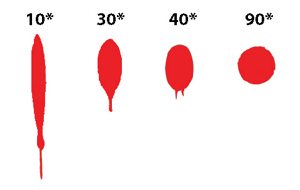Balls never touched the balloon. I actually used packing bubbles for the other pockets, but one I brought was flat.
The marks on the balls I flashed absolutely did not come from pockets.
Pockets was my guess too, coz of all the center pocket fuggin slammin I do:embarrassed2:. And I wouldn't discount pockets either...but my results stand alone. Like the cheese.
The marks on the balls I flashed absolutely did not come from pockets.
Pockets was my guess too, coz of all the center pocket fuggin slammin I do:embarrassed2:. And I wouldn't discount pockets either...but my results stand alone. Like the cheese.
I still believe the spots are due to the dirty rubber in the pockets of older Gold Crowns.
It doesn’t occour to owners of Diamond tables because their pockets are lined with leather, and in the case of drop pockets I think the bottom of some Diamond drop pockets are canvas.
Stuffing the pockets of a GC with a ballon is still having rubber coming in contact with the balls. Stuffing the pocket with something like a towel, as previously suggested, might be a better test.
Better yet, give those old pockets a good cleaning and conditioning and see if your situation does not improve.

